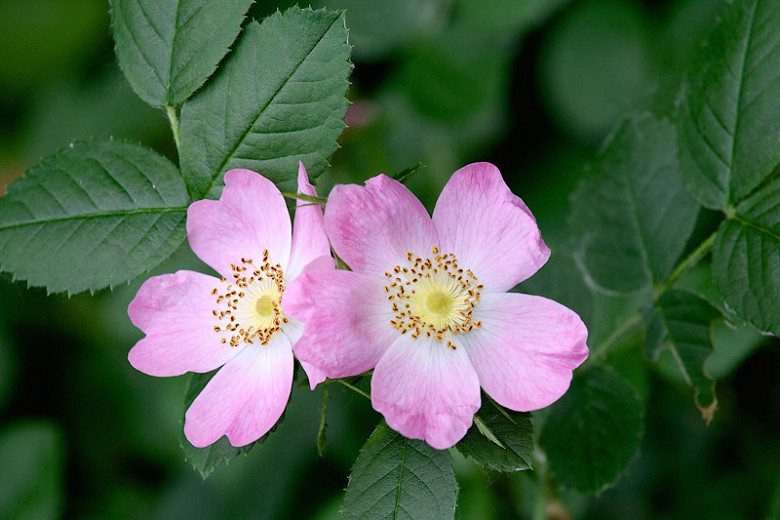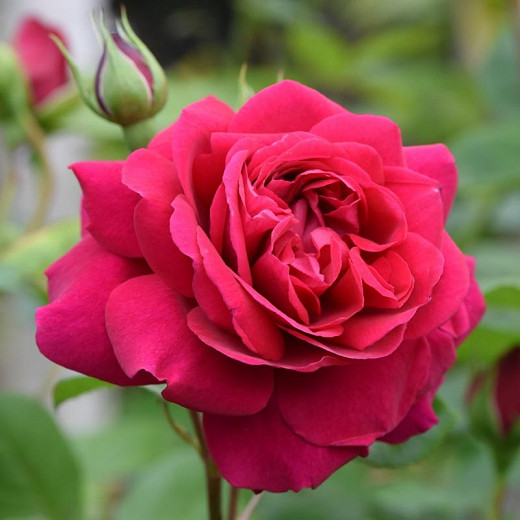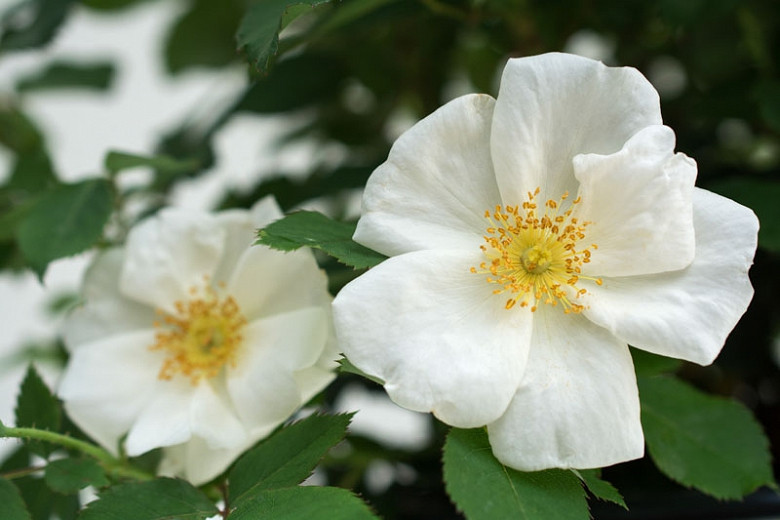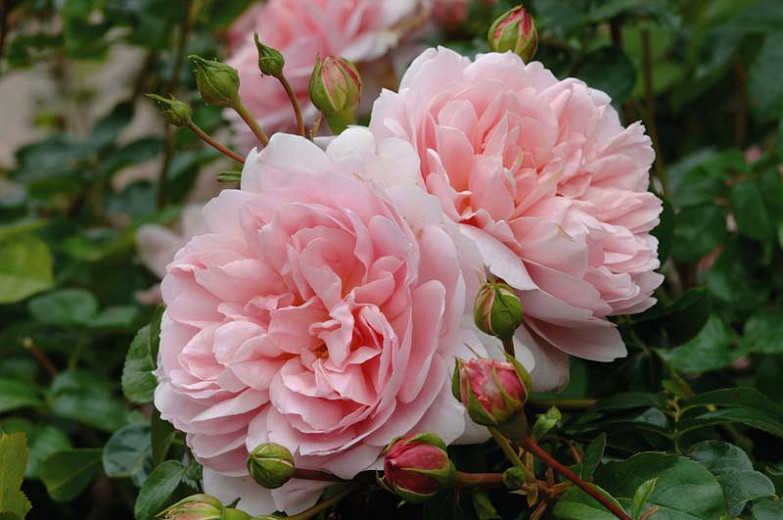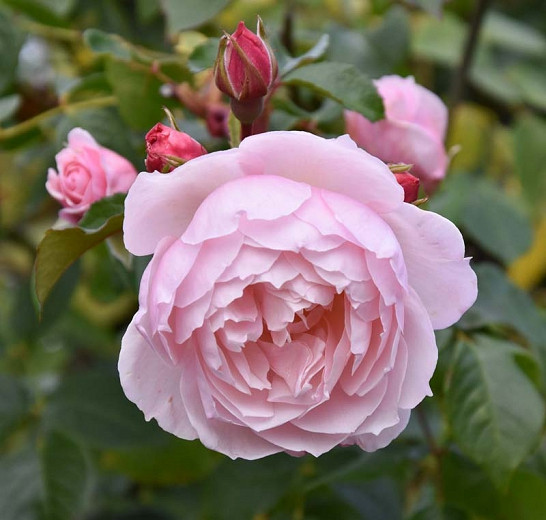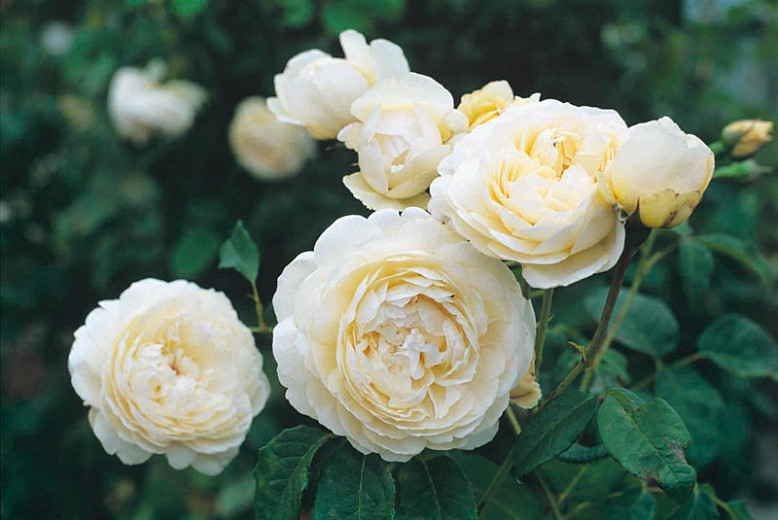Rosa gymnocarpa (Dwarf Rose)
Incredibly shade tolerant, Rosa gymnocarpa (Dwarf Rose) is a small deciduous shrub with slender stems studded with soft, bristly, straight prickles. Its branches are clothed with pinnately divided leaves with 5-7 leaflets. In mid to late spring, the shrub is covered with fragrant, flat and open-faced flowers adorned with five pale pink petals. Borne usually singly at the ends of the branches, they are followed by showy, bright red rose-hips that are high in vitamin C and are also a source of calcium, phosphorous, and iron. If left on the shrub, they will persist throughout the winter to the delight of hungry birds and small mammals. Long-lived, Dwarf Rose is rhizomatous and has a shallow root structure. It sprouts from the root crown and rhizomes, but does not spread as fully as other wild roses, remaining a slender shrub. Dwarf rose occurs predominantly in the low-shrub layer of moist, shaded forests of British Columbia and the Pacific Northwest. An important year-round food source for mammals, birds, and insects, Dwarf Rose is most charming in a woodland garden.
- Usually grows up to 3 ft. tall (90 cm), heights of 3 to 9 ft. (90-270 cm) have been reported.
- Best grown in part shade to full shade, in moist to dry, well-drained soils. Will grow in full sunlight but has a higher survival rate in the shade. Rosa gymnocarpa tolerates clay soils.
- Perfect for woodland gardens, wildlife gardens, or bird gardens.
- Prune after flowering if needed.
- Attractive to pollinating insects, butterflies and birds.
- Do not remove spent flowers if you want to enjoy a beautiful crop of orange-red hips in fall and winter.
- Propagate by seed. Seeds may take two years to germinate. The root crown and rhizomes may be divided.
- Native to western North America.
Requirements
| Hardiness | 5 – 9 |
|---|---|
| Climate Zones | 1, 1A, 1B, 2, 2A, 2B, 3A, 3B, 4, 5, 6, 7, 8, 9, 14, 15, 16, 17, 18, 19, 20, 21, 22, 23, 24 |
| Plant Type | Roses, Shrubs |
| Plant Family | Rosa – Shrub Roses, Rosa – Roses |
| Exposure | Full Sun, Partial Sun, Shade |
| Season of Interest | Spring (Mid,Late)Fall |
| Height | 2' – 3' (60cm – 90cm) |
| Water Needs | Average |
| Maintenance | Low, Average |
| Soil Type | Loam, Sand |
| Soil pH | Acid, Alkaline, Neutral |
| Soil Drainage | Moist but Well-Drained |
| Characteristics | Fragrant, Showy, Fruit & Berries |
| Native Plants | United States, California, Pacific Northwest, Idaho, Oregon, Washington, Rocky Mountains, Montana |
| Tolerance | Clay Soil |
| Attracts | Birds, Butterflies |
| Garden Styles | Informal and Cottage, Prairie and Meadow |
